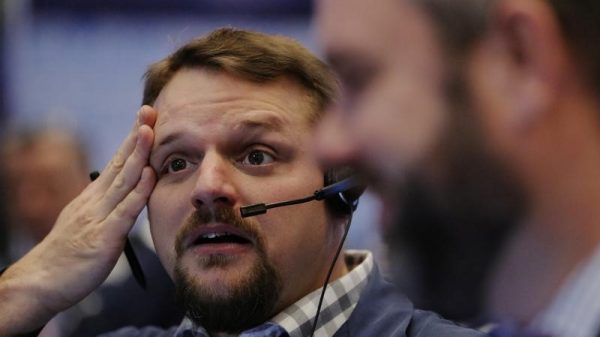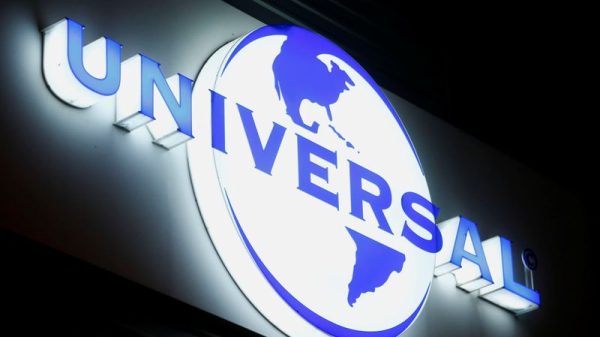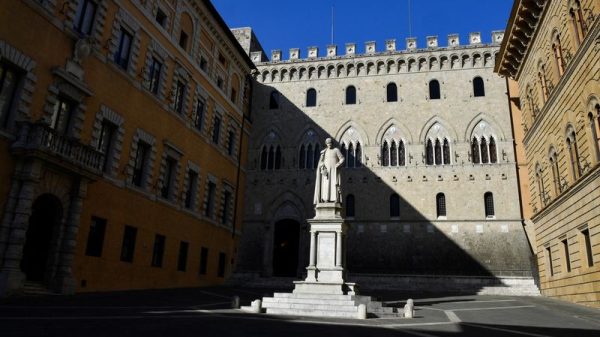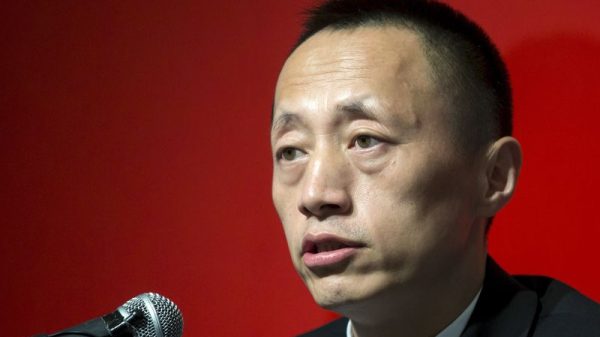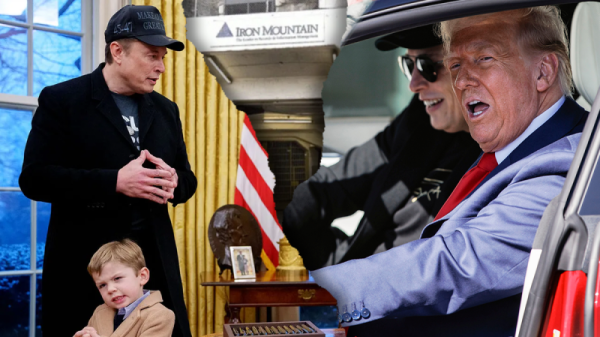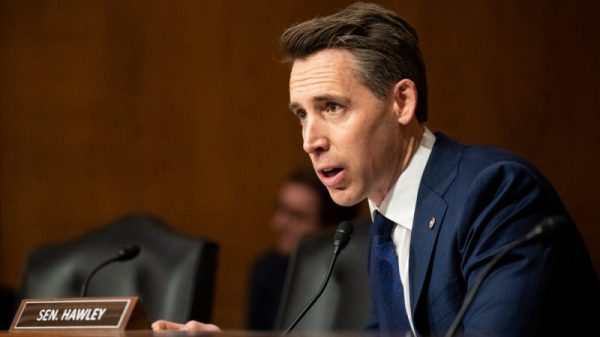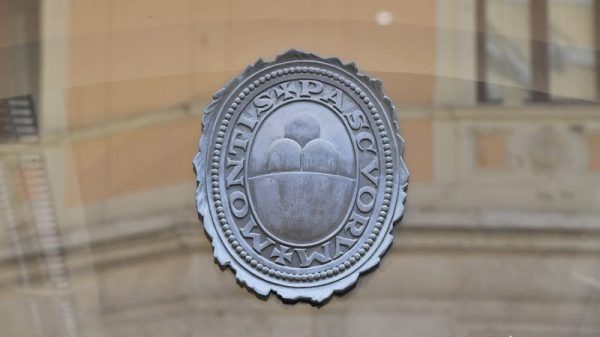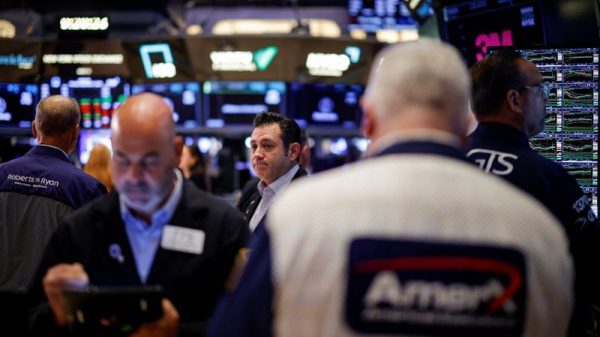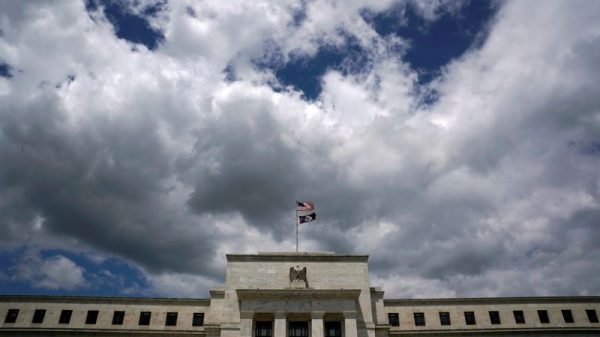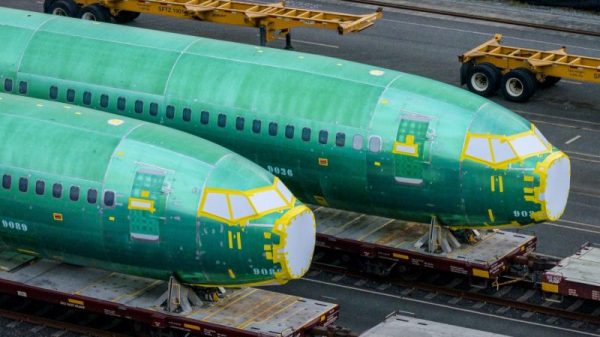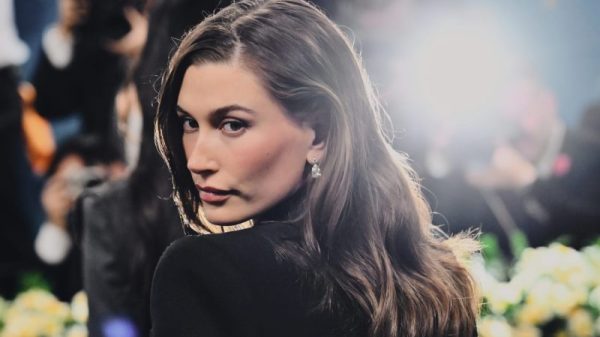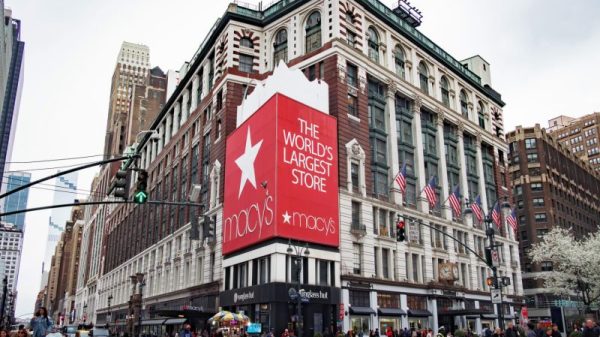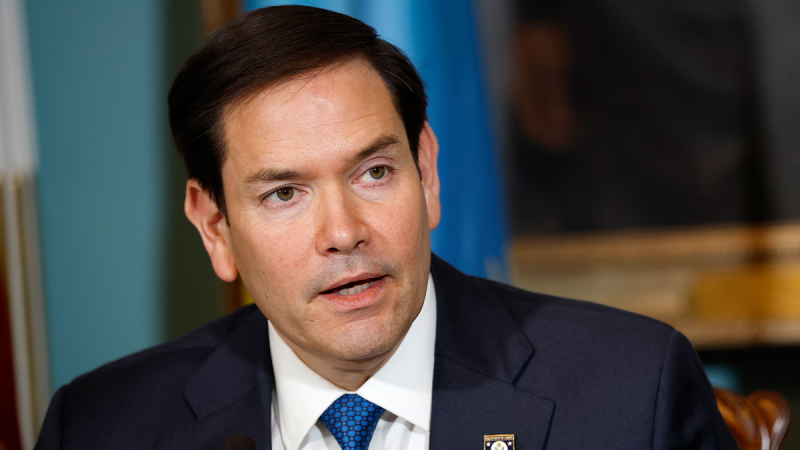
In a surprising twist of fate, Marco Rubio has gone from bitter presidential rival to President Donald Trump’s go-to guy.
At the start of the new administration, current and former officials speculated Rubio would be one of the first Cabinet officials shown the door, as his America First credentials were called into question given his previously hawkish foreign policy views.
Instead, Rubio has only continued to find favor with the president – so much so that he now holds an unprecedented four different roles within the administration.
‘When I have a problem, I call up Marco. He gets it solved,’ Trump quipped earlier this month.
First, Rubio glided into the secretary of state role with a 99-0 Senate confirmation. Then, Trump and his team dismantled USAID and merged it under Rubio’s State Department leadership, naming him acting director. The secretary was subsequently tapped to lead the National Archives in an acting capacity, and as of last week, he’s also replaced Mike Waltz as acting national security advisor.
‘This is an expression of trust,’ said Andrew Tabler, a former senior official at State and the National Security Council (NSC). ‘It’s a sign that the president likes Secretary Rubio, despite the odds.’
Trump has suggested the interim arrangement could last up to six months, and while that may be an expression of the president’s confidence in Rubio, some are questioning whether one person can effectively juggle four high-profile roles.
‘Marco Rubio is very talented but no one can do that,’ said Joel Rubin, former senior State Department official.
Henry Kissinger was the last person to serve as both secretary of state and national security advisor, holding both roles for over two years from 1975 to 1977. But that was half a century ago, and threats facing the nation have only multiplied.
Rubin, who served under both Democratic and Republican administrations, called the workload ‘not fair to the individual, not fair to the taxpayer, and not fair to President Trump, who needs strong, independent advice from a national security advisor.’
‘The president has assembled an incredibly talented team that is fully committed to putting America and Americans first,’ a senior State Department official said in response to an inquiry on Rubio’s many duties. ‘Secretary Rubio looks forward to serving as his interim national security advisor while ensuring the mission-critical work at the State Department continues uninterrupted.’
The national security advisor is traditionally the president’s closest aide on matters of war, peace and global crisis – physically located near the Oval Office and ready to brief the president at any moment. That proximity is hard to maintain when the same person is flying overseas for diplomatic missions.
‘If he has to fly off to Pakistan to stop a nuclear war, then the president’s national security advisor, who usually is sitting right next to him, is not there.’
The reshuffling follows a broader shake-up inside the National Security Council, which lost Waltz, deputy advisor Alex Wong, and a number of staffers in early April. That thinning of personnel, several sources said, has only compounded the stakes.
‘There are major national security issues in three different theaters. Europe, Middle East and Asia. One’s a hot war, one is a half-hot war, and it’s really getting tense in Asia,’ said one former NSC official. ‘The president’s national security team needs to be filled out, and many people at State and DOD still need to be confirmed.’
National security advisor ‘is one of the president’s closest relationships,’ said Michael Allen, former special assistant to the president and senior director at NSC. ‘The national security advisor needs to be near the president all the time. Or at least able to brief the president all the time. So this is more duties for Rubio and they’re already short-handed.’
Still, Allen said the president’s personal comfort with his top national security aide may outweigh structural concerns – for now.
‘If the president feels like he needs Rubio there, then this is a good solution,’ Allen said. ‘At least for the short to medium term.’
Yet others say Rubio’s promotion might be more symbolic than operational, particularly in a White House where influence doesn’t always match job titles.
‘I think it’s not, ‘Can Marco Rubio do four jobs?’ It’s, ‘Is he allowed to do his one job – which is Secretary of State?’’ said Mark Feierstein, a former senior official at USAID. ‘Foreign counterparts may see him as pleasant in meetings, but they don’t necessarily believe he can deliver.’
Feierstein pointed to the dismantling of USAID, the rise of informal advisors like Stephen Miller, and the proliferation of special envoys like Steve Witkoff who bypass Rubio entirely. ‘You’ve got loads of people who report directly to Trump or others. So now it’s just chaos,’ he said.
Even Rubio’s ideological positioning raises questions. A staunch foreign policy hawk during his time in the Senate, Rubio has in recent months presided over a foreign policy apparatus that includes outreach to Russia and dramatic State Department budget cuts – moves he may once have opposed.
‘He’s decided to accommodate,’ Feierstein said.
But Rubio’s ability to meet voters where they are – and serve as the president’s happy warrior – may be the key to his longevity. Sparring with voices like Director of National Intelligence Tulsi Gabbard and Vice President JD Vance on foreign policy would only cause further headaches for the president.
Tabler, for his part, remained optimistic. ‘Rubio is energetic, he knows the issues. He’s been working on foreign policy for years,’ he said. ‘It’s a positive sign. But how long one person can do that job – and under what circumstances – is up to him.’






